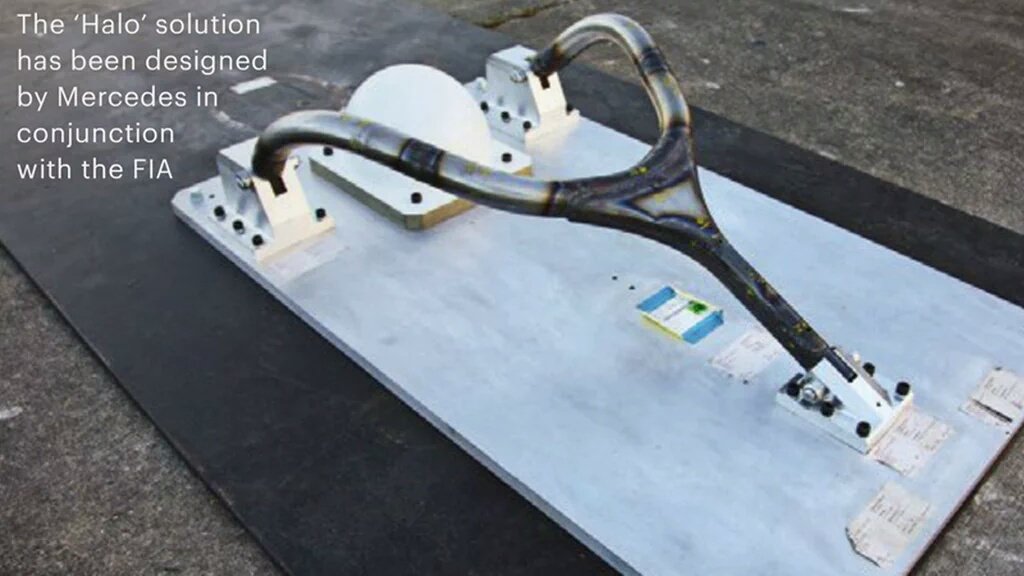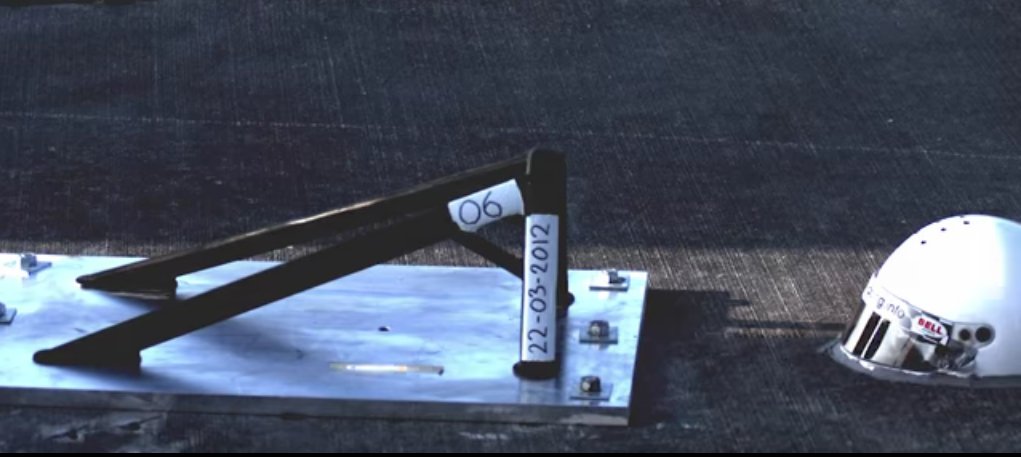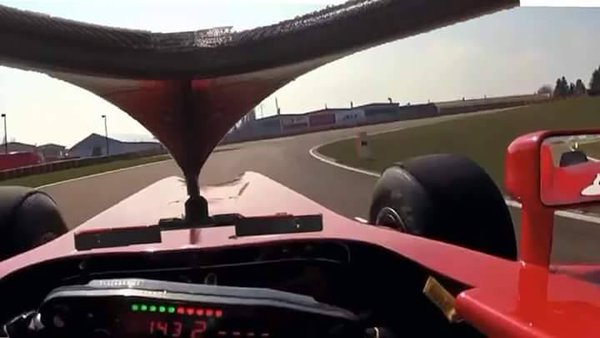
Here's what the 2017 Halo solution is really going to look like 52mm CDS steel tube mounted over the cockpit
source Craig Scarborough
Here’s the first real-world look at F1’s partially closed cockpit concept
* The FIA wants them in 2017, but teams still need to pick a design

Last week, the Fédération Internationale de l'Automobile (FIA) confirmed that it's planning to introduce semi-closed cockpits in Formula One starting in 2017. But today, in a new issue of Auto (the federation's trade publication), the FIA finally showed off a real-world version of what the new F1 cockpit might look like.

One of the featured articles in the magazine — which you can view (and download) on the FIA's website — details the secretive tests that the FIA went through this past fall, and it shows that three radically different designs were tested. The first is the "halo" concept, which the FIA says is currently the "preferred option" for 2017. The project was originally started by Mercedes-Benz Motorsports until the FIA took it over last year and, until now, we had only seen as digital renders.

The real-world version of the halo concept looks very different, ditching the thin, blade-like design for something more akin to the roll cage tested by the FIA in 2012. The strength of the halo, just like the other two potential cockpit solutions shown in Auto, was tested with an air cannon that shot a tire at 225 kmh (140 mph), simulating high-speed impacts with large debris. Andy Mellor, the lead researcher for the project, told Auto that this solution performed "extremely well" during the tests no matter which angle or height the tire was fired from. (It does appear that smaller bits of debris could make their way into the cockpit, though.) This version of the halo enclosure was made with steel, but Mellor says the FIA would have to use (and test) lighter materials if it does, in fact, pick this solution.
The other two designs were a bit more radical. One involved three long steel bars that curve over the driver's head, protecting them from basically any debris that could fall from above the cockpit (which is what killed IndyCar's Justin Wilson last year). The bars, which would eventually have to be made from more lightweight composite materials, flex when an object makes impact. One of the main concerns with cockpit protection (full canopies, especially) is that deflected debris might be flung toward grandstands, putting fans at risk. The advantage with this "centre-line roll hoop" design is that the flexing helps deflect more of the incoming object's energy before shooting it back up into the air. There are two obvious drawbacks, though: a solution like this might make it harder to quickly retrieve an injured driver after an accident, and it is also much more likely to interfere with the driver's vision.
The final solution the FIA tested is called "additional frontal protection." These are little more than a few curved fins that poke up from the front of the cockpit. They could deflect objects that are coming straight at a driver, but would offer no protection against debris coming from any other angle. It adds the least amount of obstruction to the driver's vision and doesn't impact the ability to remove a driver whatsoever, but it's likely to only ever make its way onto a car as part of a design rather than a wholesale solution for protection drivers from head injuries.
According to Auto, F1 is apparently ready to let teams try mock-ups of the halo cockpit design during practice sessions in order to test things like driver visibility. Alternate proposals are still rolling in though — Red Bull Racing reportedly submitted its own canopy-style design just a few weeks ago. If the FIA can get teams to agree on a particular solution, the series will move forward with the plan to introduce semi-closed cockpits in 2017
Source theverge















